FIX YOUR GARDEN
HOW TO MAKE SMALL SPACES INTO GREEN OASES
JANE MOSELEY & JACKIE STRACHAN
ILLUSTRATIONS BY CLAIRE ROLLET


CONTENTS
INTRODUCTION
Congratulations. Youve moved into your new home. You can see the wood from the trees indoors and now youre looking out of the window at your outdoor patch and thinking about how to bring green and pleasant things to it. It may be a small plot or a collection of tubs and pots, but fret not. Green oases can be found in very small spaces, and indeed, you dont even have to have a garden to garden; the no-garden garden is a blossoming concept. A simple tree in a tub makes a green, architectural and environmental statement. Your area doesnt have to tick all the boxes, but one or two of these will apply and help shape rather than lose the plot (and we deal with them all in this book):
 Patio
Patio
 Balcony
Balcony
 Lawn
Lawn
 Roof terrace
Roof terrace
 Steps
Steps
 Pots and tubs
Pots and tubs
 Deck
Deck
 Walls
Walls
 Front garden
Front garden
 Wilderness
Wilderness
 Land as far as the eye can see
Land as far as the eye can see

CHAPTER ONE
USING THE PLOT

PS AND QS
Purpose, privacy and people (nosy/nice neighbours); peace and pollution (noise and environmental); planting potential; and lastly, but very importantly, pocket. Ask yourself lots of questions. How much do you have to spend? What is your proposed design? Does it involve hard landscaping? Will you need professional help?
PRIVACY
This is likely to be an issue with other homes to the left, right, below or above, so you probably need to consider screening and noise reduction features. Think laterally. The more compact it is, the more open to all-round view and scrutiny, so make the most of every single metre of space. You will need to consider your near but not yet dear neighbours and the amount of shade you get from their space, from tall buildings, trees and street furniture. Creating a green screen delivers both colour and privacy (see ) to your plot and is a design feature in itself. Light will be a key factor for some plots so think about ways of unblocking it: an open, slatted fence will let in light and filter wind while keeping out prying eyes. An arch or pergola will help gardens that are overlooked.
SIZE
There are ways you can maximize the size of your garden: by clearing inherited features, painting walls to make best use of reflected sunshine (beware the bare glare of pure white), introducing sealed mirrors to give the illusion of space (one or a whole wall of them). A door in one corner can create the impression of a space beyond, Narnia-like. Think of all the surfaces, horizontal or vertical as potential gardening areas. Dont be a waster of space but dont eat it up with stuff just because you brought it with you or are mirroring your living room. Less is often more and a few large, eye-catching plants in a very small garden tend to be better than lots of small ones.
STYLE
For a designer look, paint the walls a statement colour, even creating a trompe loeil, add stylish topiary and wall-mounted pots. Many urban gardens are long and narrow so use hedges and climbers rather than space-and-time-taking beds.
Minimalist Japanese-style gardens would work well in a hectic city environment; a space for quiet contemplation after a busy day. Go for harmony and balance in the various features. Make them work together and separately. Decking can make a kitchen out of an outdoor space. A big statement plant in each corner of the patio gives it structure and you can add low seating in the centre. Strategic use of solar-powered lights or lanterns helps with atmosphere. Go vertical (see ).
Country gardens can be front, back or side (like haircuts). Back gardens can lead into the countryside. A front garden brings privacy and protection from the road but it is also your welcome mat and showcase, so make the most of it with interesting paving, colourful pots and tubs, a bay tree or rose, trailing plants, hanging baskets or painted trellis for climbing plants. Opt for low-maintenance features to keep the garden smart if you are time-poor.
Coastal gardens will be subject to stronger winds with a dash of salt, greater sun exposure, different soil conditions (see ) and milder climes (in southern regions). A windbreak made of trees and shrubs is a good idea to provide shelter for seaside gardens, though bear in mind the shade it creates.

PATCH WORK
Get to know your plot. Measure it carefully, draw a sketch to scale (use the estate agents details) and scan your drawings of the existing plot and your dream transformation into your tablet or pin your sketch to the refrigerator. Use one of the many garden apps or CAD programs that help you design on screen.
The size and shape of your garden will determine what you do in it, of course, but get to know which parts are in full sun or shady when, and how much moisture/wind you will get. Look at it from every angle and window (that may not take long) and consider its boundaries. Use your compass to establish which way it faces, look at how tall buildings and neighbouring trees affect the light during the day; how exposed is it? Take photographs at different times of the day or, if you can wait that long, in different seasons. If time and patience permit, dont tackle the garden immediately or you may regret a costly makeover. Leave it for a few weeks to watch how the sun moves around the garden and your ideas take root. Be nosy. Ask your neighbours for advice on what grows well for them, check out nearby gardens. Consider how the wind will affect your garden. Will you get sudden gusts or wind tunnels?
Think about whether you want flowers and/or vegetables. Are you planning to create a particular style (see ) How much time will you have to look after it? Is encouraging wildlife a factor? Will you sit/dine/relax/play in it? Your second sketch may well change as you consider these factors.
If you are eager to get your trowel and spade out, work on a section at a time, starting in the most visible area. You can always make a moveable feast, a portable garden with containers of herbs and veg with pots and tubs on casters that you can move around later or according to the sun, wind and season. Nothing is fixed in concrete and you may save time and money in the long run.

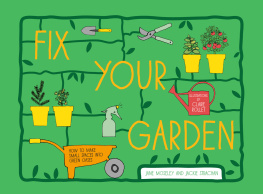


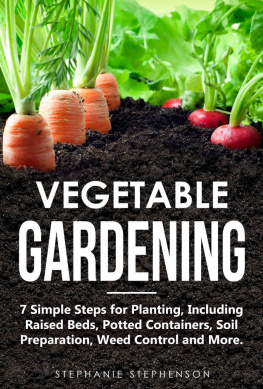
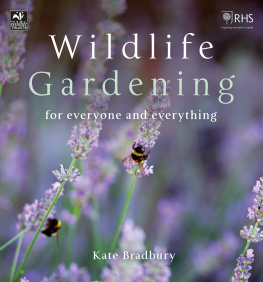
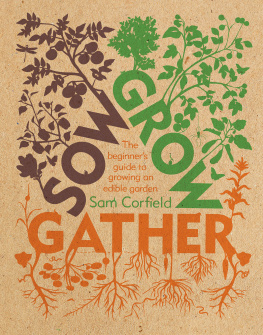

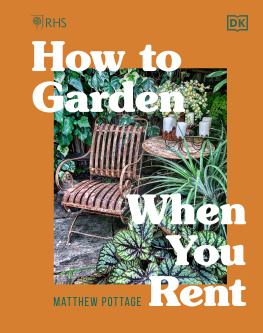
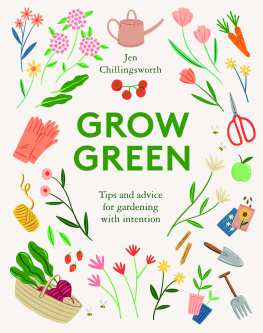
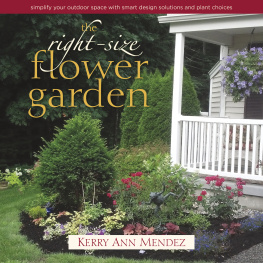
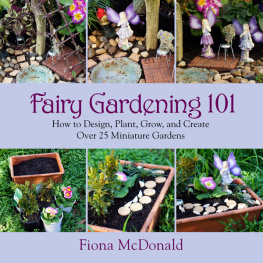



 Patio
Patio

